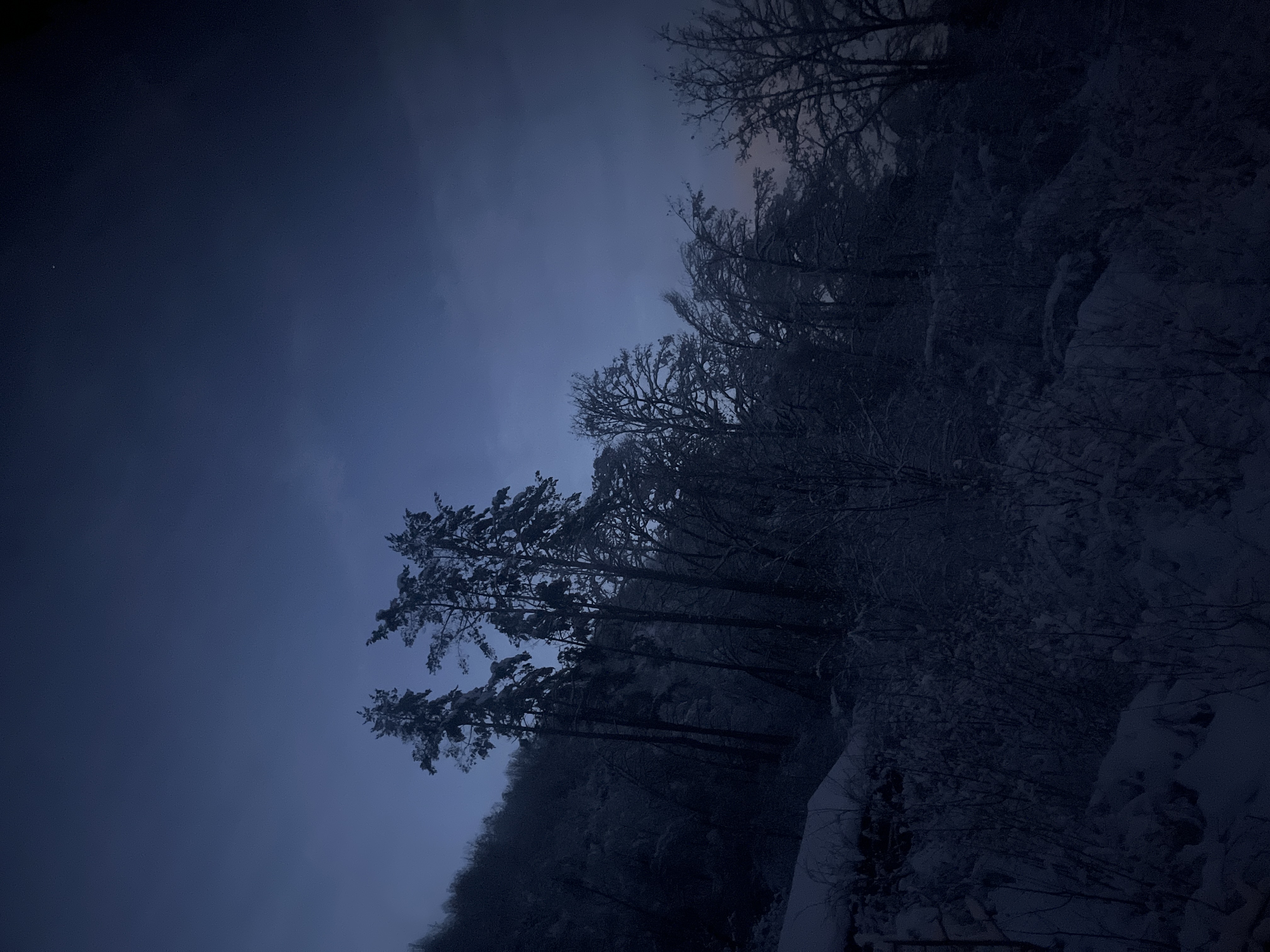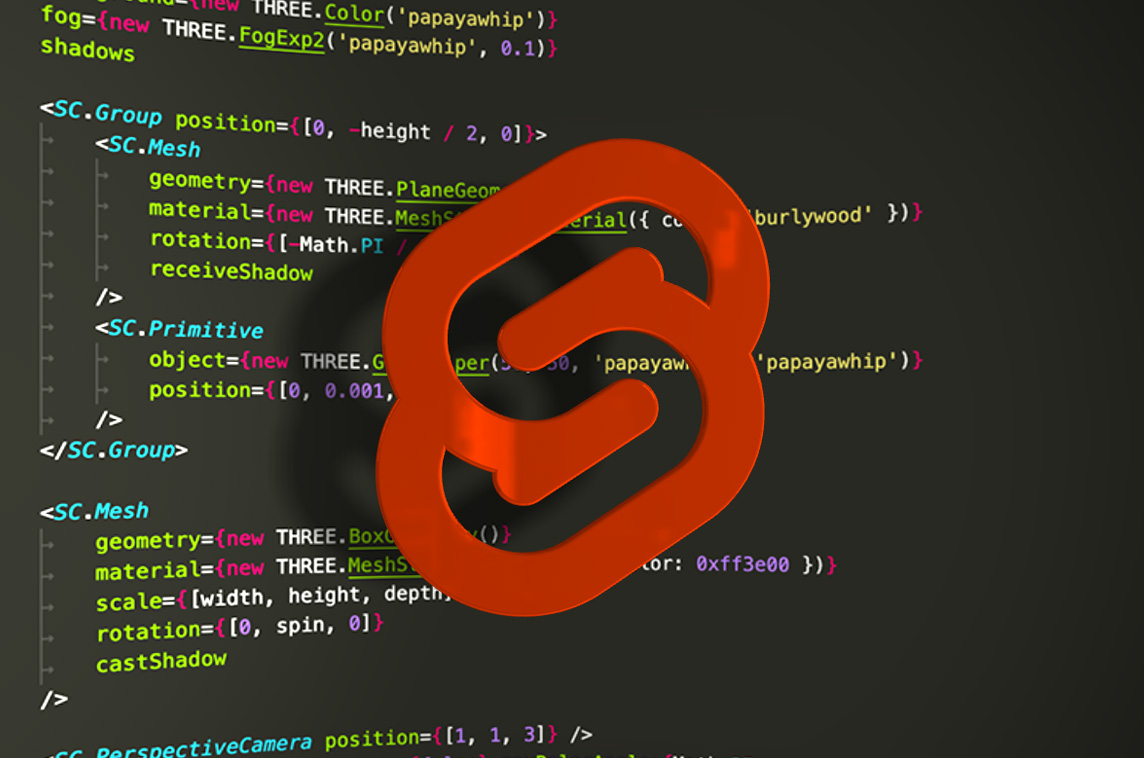SvelteKit and Three.js are powerful tools that can be combined to create impressive 3D graphics and interactive experiences right in your web applications. In this tutorial, we'll walk you through the process of integrating Three.js into your SvelteKit project and creating a simple 3D scene.
Prerequisites
Before we begin, make sure you have the following set up:
Setting Up the Project
First, let's create a new SvelteKit project and navigate to its root directory in the terminal:
1npx degit sveltejs/template my-threejs-project
2cd my-threejs-projectNext, install the three package, use your preferred package manager:
1pnpm install threeTypes always help,but if not just remove remove the type definitions, and you should be good to go. so let's install the @types/three package as well:
1pnpm install -D @types/threeCreating a Basic 3D Scene
In your SvelteKit project, create a new Svelte component, let's call it ThreeScene.svelte:
1
2<script lang="ts">
3 // Import required modules
4 import { browser } from '$app/environment'
5 import { onMount } from 'svelte'
6 import * as THREE from 'three'
7
8 // Declare a variable to hold the container element
9 let canvasContainer: any
10
11 // Check if the code is running in the browser environment
12 if (browser) {
13 // Declare variables for Three.js components
14 let camera: THREE.PerspectiveCamera
15 let scene: THREE.Scene
16 let renderer: THREE.WebGLRenderer
17 let cube: THREE.Mesh<THREE.BoxGeometry, THREE.MeshBasicMaterial>
18
19 // Run this code when the component is mounted
20 onMount(() => {
21 // Create a Three.js scene, camera, and renderer
22 scene = new THREE.Scene()
23 camera = new THREE.PerspectiveCamera(75, 1, 0.1, 1000) // Aspect ratio set to 1 initially, the first parameter is the field of view, the second is the aspect ratio, the third is the near clipping plane, and the fourth is the far clipping plane
24 renderer = new THREE.WebGLRenderer()
25
26 // Calculate initial canvas size based on the container
27 const canvasWidth = canvasContainer.clientWidth
28 const canvasHeight = canvasContainer.clientHeight
29
30 // Set renderer size and add Tailwind classes to make it responsive
31 renderer.setSize(canvasWidth, canvasHeight)
32 renderer.domElement.classList.add('w-full', 'h-full')
33
34 // Append renderer's canvas to the container
35 canvasContainer.appendChild(renderer.domElement)
36
37 // Create a cube geometry and material, add it to the scene
38 const geometry = new THREE.BoxGeometry(1, 1, 1)
39 const material = new THREE.MeshBasicMaterial({ color: 0x66ccff }) // Blue color
40 cube = new THREE.Mesh(geometry, material)
41 scene.add(cube)
42
43 // Set camera position
44 camera.position.z = 5
45
46 // Start the animation loop
47 animate()
48 })
49
50 // Function to render the scene
51 const render = () => {
52 renderer.clear()
53 renderer.render(scene, camera)
54 }
55
56 // Animation loop
57 const animate = () => {
58 requestAnimationFrame(animate)
59
60 // Rotate the cube
61 cube.rotation.x += 0.05
62 cube.rotation.y += 0.05
63
64 // Update the camera's aspect ratio and position
65 camera.aspect = canvasContainer.clientWidth / canvasContainer.clientHeight
66 camera.updateProjectionMatrix()
67
68 // Render the scene
69 render()
70 }
71 }
72</script>
73
74<svelte:head>
75 <title>SvelteKit + Three.js</title>
76</svelte:head>
77<div class="flex flex-col items-center justify-center">
78 <h1 class="text-3xl font-bold mb-6 text-center">SvelteKit + Three.js</h1>
79 <p class="text-center">This is a demo of how to use Three.js with SvelteKit. The cube below is rendered using Three.js.</p>
80 <section bind:this={canvasContainer} class="w-36 h-36 flex justify-center items-center">
81 <!-- The canvas element will be appended here -->
82 </section>
83</div>Running the Project
To run the project, use the following command:
1pnpm run devYou should see a cube rendered on the page:
Conclusion
In this tutorial, we explored how to integrate Three.js into a SvelteKit project to create a simple 3D scene. This is just the beginning – Three.js offers a wide range of possibilities for creating stunning 3D visuals and interactive experiences in your web applications.
Now that you have a basic understanding of how to get started with Three.js in SvelteKit, feel free to experiment, explore the Three.js documentation, and take your 3D web development skills to the next level!
For more advanced features and optimizations, make sure to dive deeper into both SvelteKit and Three.js documentation.
Happy coding!



